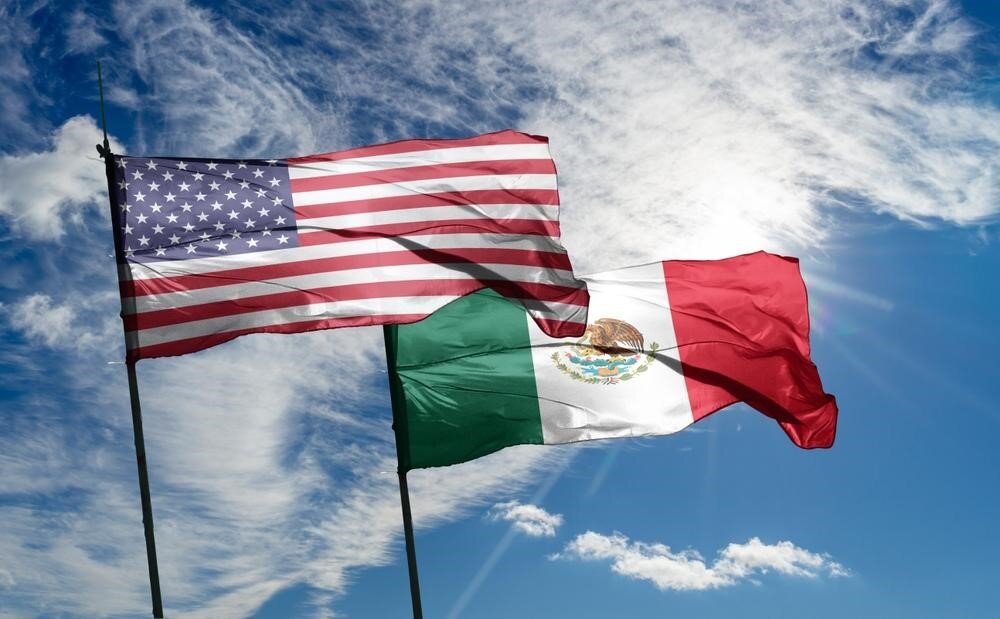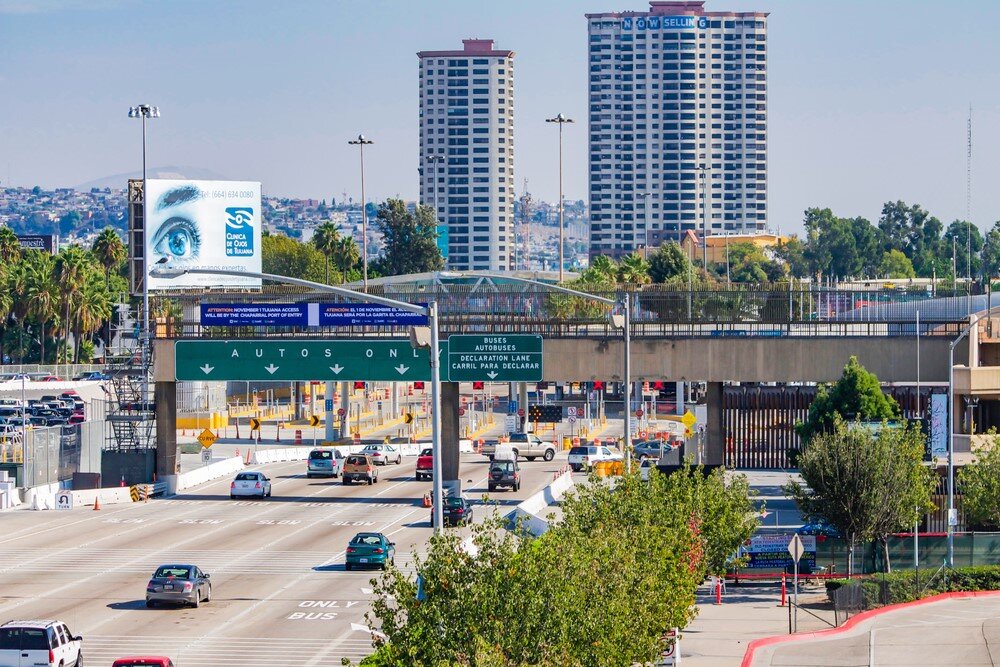What to Know About Buying a Used Car From Tijuana or Baja California

A low sticker price just a few miles south of the border can look like a win. Clean photos, promises of quick paperwork, and an attractive number on the windshield make searches for Tijuana used cars.
San Diego shoppers also hear stories of friends who scored Baja used cars from private sellers or small lots, and some say Tijuana used car dealers bargain harder for cash buyers. If you need a specific trim or you’re replacing a car on a budget, that pull is real.
Potential cost savings compared to U.S. prices
List prices can undercut U.S. ads because of exchange rates, local demand, and different reconditioning standards. That said, the headline number rarely reflects the full bill. Total cost of ownership must account for transport, import paperwork, smog readiness, DMV steps, and repairs a quick look might miss.
Build your plan with practical used car buying tips so you’re budgeting for the whole process rather than chasing a price that excludes required steps.
Purpose of this guide: to help buyers weigh the benefits and risks
Below you’ll see where genuine savings show up, which documents and compliance hurdles to expect, and how to evaluate risk tied to gaps in history, odometer manipulation, or past damage. Whether you pursue used cars for sale in Tijuana, Mexico or decide to shop locally, you’ll have a clear checklist and a realistic budget.
Potential Advantages of Buying in Tijuana or Baja
Lower purchase prices for similar makes and models
Many shoppers start with search terms like “used cars Tijuana” because initial quotes can be lower than U.S. listings. Smaller lots may have lower overhead, and vehicles needing cosmetic work move quickly at discount.
If you have a trusted mechanic, light reconditioning can swap a little time for upfront savings. Compare all-in numbers: asking price, transport to San Diego, pre-purchase inspection, duty and border fees, smog prep, DMV costs, and a repair reserve.
Access to different vehicle inventory than U.S. dealerships
Inventory can differ in useful ways. You might find trims, upholstery combinations, or engine options that were less common stateside.
Shoppers chasing a manual transmission or a specific fleet spec sometimes report better selection among used cars in Baja. Variety helps, but it doesn’t replace verification. Good configuration with weak documentation can still be a costly bet.
Opportunities for finding rare or specialty vehicles
Enthusiasts sometimes locate regional-market variants, off-road builds, or limited trims that rarely appear locally. That is why searches like “buy used car Tijuana” persist, and why a single well-priced Baja used car can attract attention.
If you go this route, weigh parts availability, emissions compliance for that powertrain, and whether your insurer is comfortable underwriting a cross-border history. For specialty cars, a compression test, body measurements, and a corrosion check are smart adds to a standard inspection.

Risks and Challenges of Cross-Border Purchases
Unclear or incomplete vehicle history reports
Not every car sold in Tijuana or Baja comes with a U.S.-style history trail. Some vehicles never touched a U.S. registry; others have ownership gaps; non-insurance repairs may never be recorded.
Listings labeled “Baja auto sales used cars” can look clean while hiding thin paperwork. Ask for current and prior registration, service invoices with VIN, and photos of the build plate and emissions labels. If those are slow to appear, plan extra time and cost to verify on your own.
Potential for odometer fraud or undisclosed damage
Rollbacks and washed titles exist on both sides of the border. If a car passed through wholesale auctions or sat after a flood, cosmetic cleanup can hide issues. Bring a scan tool, review ECU and transmission control unit mileage where possible, and check for stored codes.
Inspect for overspray, fastener marks, non-OEM welds, mismatched glass date stamps, and moisture under carpets. If you’re newer to this process, study avoiding scams when buying a used car so your checklist covers documents and physical evidence.
Difficulty verifying accident or flood history
Flood exposure is tricky because electronics can behave normally for months, then fail. Salt accelerates corrosion. If a car’s origin or storage hints at water, assume deeper diagnostics: pull door sills for silt, check seat tracks, inspect connectors for verdigris, and look inside frame rails for a mud line. If you cannot verify, walk. A discount doesn’t offset a future cascade of electrical faults.
Import Taxes, Fees, and Compliance Requirements
Overview of U.S. Customs and import tax obligations
Bringing a car into the U.S. is a formal import. You’ll declare the vehicle at the border, confirm it’s admissible, and pay any duty tied to country of origin and vehicle type. Expect to show a bill of sale, ownership documents, and identification.
If the vehicle wasn’t built to U.S. standards, requirements rise and costs follow. Use official guidance to estimate duty and consider brokerage help if you prefer an intermediary. Allow for delays tied to missing forms or VIN discrepancies.
Meeting emissions and smog compliance standards
California is strict on emissions. If a car lacks proper labels or hardware, you may face modifications, lab testing, or rejection.
Even if the engine runs clean, you still need proof the configuration conforms. Plan for photos of emissions labels, catalyst presence, and OBD readiness, then budget for any parts needed to meet smog rules.
State-specific rules for registering imported vehicles
After Customs, state law governs registration. California can require additional verifications, VIN inspections, and fees beyond what other states ask. If you’ll register elsewhere, your destination state may treat the vehicle differently for safety and emissions.
Read the fine print on salvage branding, odometer disclosures, and notarization. A deal that pencils out for one state can be impractical for another.
The U.S. Registration Process
Steps to register an imported car with the DMV
Most sequences follow this path: clear U.S. Customs with entry paperwork, transport the car to your home state, complete a VIN verification, pass smog if required, then submit a title application with fees and taxes.
If the vehicle wasn’t originally built to U.S. standards, you may need documentation that it meets federal safety and emissions rules. Schedule buffer time for inspections and appointments.
Required documentation and proof of compliance
Be ready with a bill of sale, ownership proof, identification, Customs forms, and any admissibility evidence. Photos of emissions labels, OBD readiness, and a current smog certificate for states that require one help keep the visit on track. If prior records are in Spanish, certified translations speed things up. Keep printed and digital copies of everything you submit.
Possible delays and extra costs
Common surprises include missing papers and smog failures. A great-looking car can still need hardware or software updates.
You might face storage fees, rush translations, and rescheduling costs. If a prior title brand appears late, insurers may pause or quote higher premiums until further checks clear. Add a contingency line so setbacks are manageable.
Why Buying From a Local Dealership May Be Easier
Verified and transparent vehicle history reports
Established dealers typically provide third-party history, reconditioning notes, and service receipts tied to the VIN.
Reviewing a complete file next to the car is simpler than piecing together records across borders. You still inspect, but you start with fewer gaps than you’d have vetting a used car in Baja.
Cars already compliant with emissions and legal requirements
Dealer inventory is chosen with state rules in mind. In California, sellers are generally responsible for delivering a valid smog certificate for vehicles that require testing, and reputable stores handle that before you sign.
If a car needs parts or software to pass, the service team can fix it pre-delivery. That’s far simpler than importing a car that requires modifications after arrival.
Access to financing and consumer protection laws
Local dealers offer multiple lenders, warranty options, and clear disclosures in one contract. Transactions are covered by state and federal consumer laws that set expectations for advertising, paperwork, and record keeping.
If an issue arises, you have a storefront, a service department, and a written agreement that defines responsibilities. For many buyers, these protections outweigh small price differences overseas.
Why Karz Plus is a Smart Local Partner for San Diego Buyers
Karz Plus focuses on used vehicles with documentation you can review on site. You get a clear look at history reports, visible reconditioning, and smog readiness handled before delivery. The team helps compare financing paths, trade-in values, and warranty choices so your number reflects an actual out-the-door cost.
You also leave with a contract and a local store that stands behind the sale, which is very different from negotiating across a border with fewer safeguards.
If you’re weighing a cross-border purchase against the simplicity of a local deal, Karz Plus gives you a trustworthy baseline. Compare prices, inspect the vehicles, ask for documentation, and decide with confidence.
Conclusion
Cross-border shopping can yield lower list prices, unique configurations, and the occasional specialty find. Those upsides sit alongside real risks: incomplete histories, odometer or title manipulation, and hidden flood or collision damage.
Add import filings, emissions compliance, and registration hurdles, and the all-in cost can approach or exceed a comparable local vehicle once you count time, fees, and repairs.
Do the math. Price the car in Mexico, then add duty, transport, inspection, emissions, DMV fees, translation, and a repair reserve. Put that next to your best local quote. Read third-party reports, compare warranties, and weigh the simplicity of documented vehicles that already meet state requirements. If verification stalls, walk away.
Protect your budget with a checklist. Match VINs across documents, insist on independent inspections, and keep a written timeline for import and registration tasks. If anything feels rushed or unclear, pause and reassess. A smart purchase should still feel right a year from now.
Prefer a streamlined route? Start with local inventory of used cars in San Diego and North County. You’ll get selection, documented histories, financing options under one roof, and vehicles prepared to pass smog so registration is straightforward.
Dealership Info
Business Hours
| Mon: | 10-7 |
|---|---|
| Tue: | 10-7 |
| Wed: | 10-7 |
| Thu: | 10-7 |
| Fri: | 10-7 |
| Sat: | 10-7 |
| Sun: | CLOSED |
